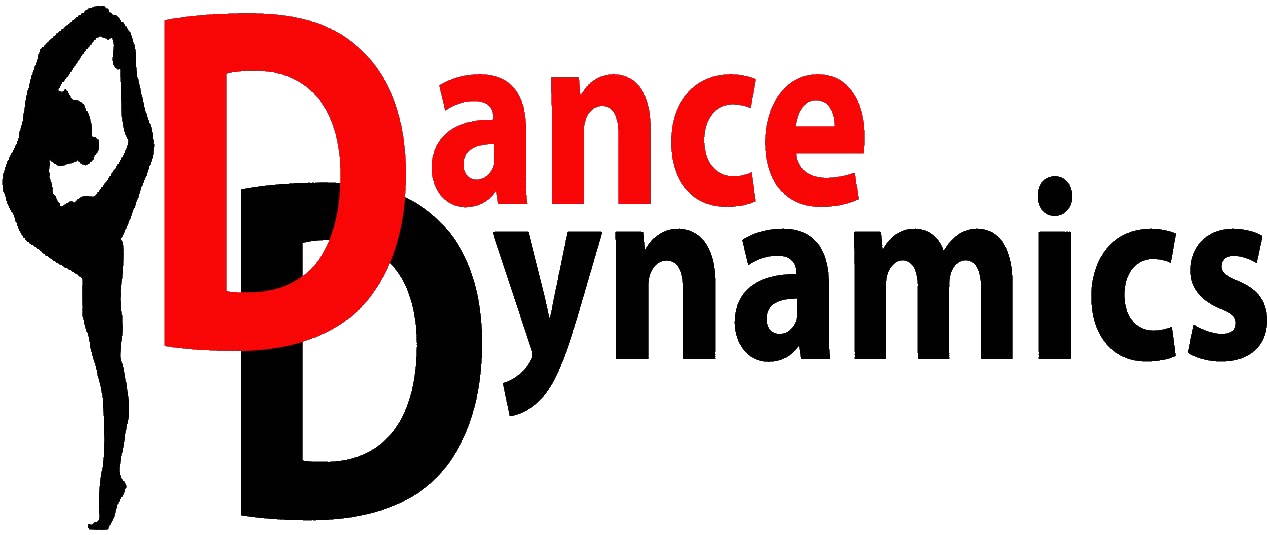Music and Movement: The Dynamic Duo for Preschoolers and Toddlers
Music and movement are foundational elements in the development of preschoolers and toddlers. Combining music and movement helps children build gross motor skills, improving balance, coordination, and flexibility.
Additionally, music and movement enhance cognitive development, language development, and social-emotional skills.
Here, we will discuss the benefits of music and movement for preschoolers and toddlers, the types of activities that promote music and movement, and how parents and educators can integrate them into their daily routines:
Benefits of Music and Movement for Preschoolers and Toddlers
Music and movement provide numerous benefits to preschoolers and toddlers. These benefits include:
Gross Motor Skills Development: Music and movement activities help children develop gross motor skills such as jumping, running, and dancing. These activities also improve balance, coordination, and flexibility.
Cognitive Development: Music and movement activities enhance cognitive development by promoting memory, attention, and problem-solving skills. These activities also help children learn to follow instructions and develop their sense of rhythm.
Language Development: Music and movement activities promote language development by introducing new vocabulary and helping children learn to express themselves through words and actions.
Social-Emotional Skills: Music and movement activities promote social-emotional skills such as cooperation, communication, and self-expression. Dance and other activities also help children build self-confidence and self-esteem.
Types of Activities that Promote Music and Movement
Many types of activities promote music and movement for preschoolers and toddlers. Some of the most popular activities include:
Types of Activities that Promote Music and Movement
Dancing
Dancing is one of the most successful and effective activities to achieve these goals. It encourages creativity, coordination, physical fitness, and mental development. This activity is excellent for teaching children to work together, as well as to learn how to follow instructions and coordinate their movements. It can also help children learn to move and control their bodies.
Singing
Singing is another excellent way to promote music and movement for preschoolers and toddlers. Singing helps children develop language skills by introducing new vocabulary and helping them learn to express themselves through words and actions.
Playing Musical Instruments
Playing musical instruments such as drums, shakers, and xylophones is an excellent way to promote music and movement for preschoolers and toddlers. Playing musical instruments helps children develop fine motor skills and hand-eye coordination. It also boosts cognitive development by promoting memory, attention, and problem-solving skills.
Movement Games
Movement games are a great way to promote music and movement in a fun and interactive way. Movement games involve physical movement that requires coordination, strength, and agility. They can be adapted to many different types of music and work well for both children and adults.
Integrating Music and Movement into Daily Routines
Parents and educators can easily integrate music and movement into their daily routines. Here are some ways to do so:
Use Music during Transitions: Using music during transitions such as getting dressed, cleaning up, and mealtime can make these activities more enjoyable and fun for preschoolers and toddlers.
Incorporate Movement into Learning: Incorporating movement into learning activities such as counting, letter recognition, and shapes can make these activities more engaging and memorable for preschoolers and toddlers.
Create a Music and Movement Area: Creating a music and movement area in the classroom or at home can encourage children to engage in music and movement activities. This area can include musical instruments, dance props, and movement games.
Participate in Music and Movement Classes: Participating in music and movement classes such as children's dance classes, music classes, and yoga classes can provide children with additional opportunities to engage in music and movement activities.
Conclusion
Music and movement are essential elements in the development of preschoolers and toddlers. These activities provide numerous benefits, including gross motor, cognitive, language, and social-emotional skills development.
Parents and educators can promote music and movement by incorporating these activities into their daily routines, using music during transitions, incorporating movement into learning, creating a music and movement area, and participating in music and movement classes. By promoting music and movement, we can help children develop into healthy, happy, and well-rounded individuals.
At Dance Dynamics, we recognize that children are the future, and dance serves as an excellent platform for developing discipline, leadership, and technical prowess. Ask us about our children's dance programs!
